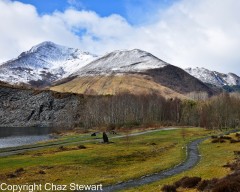

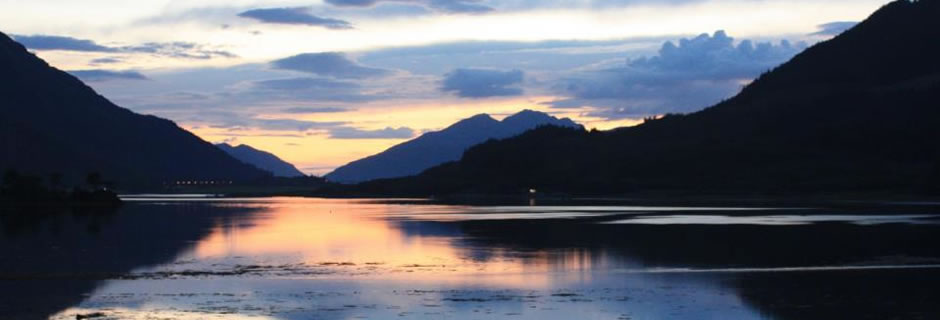
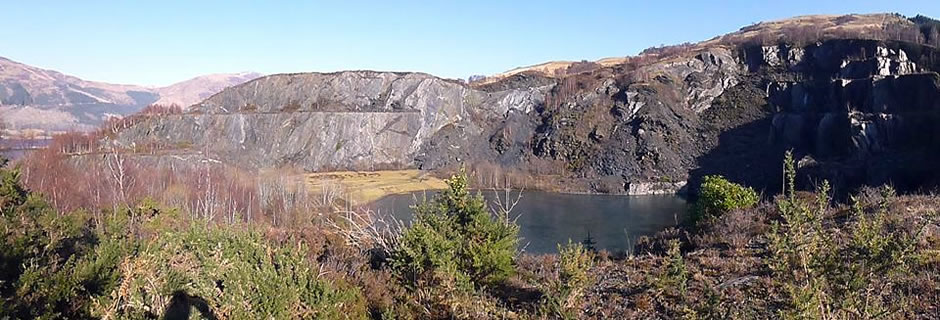
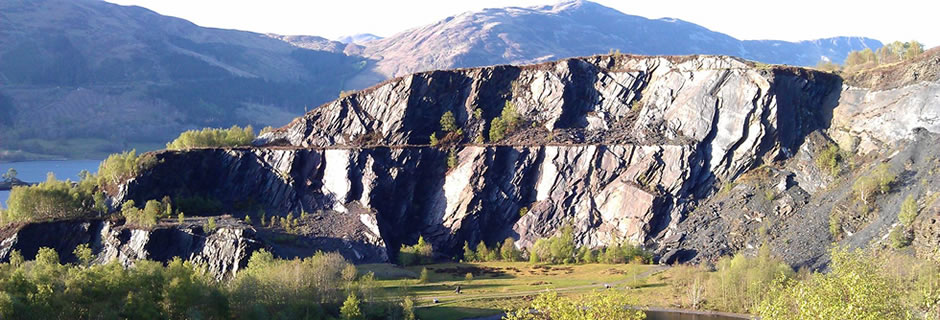
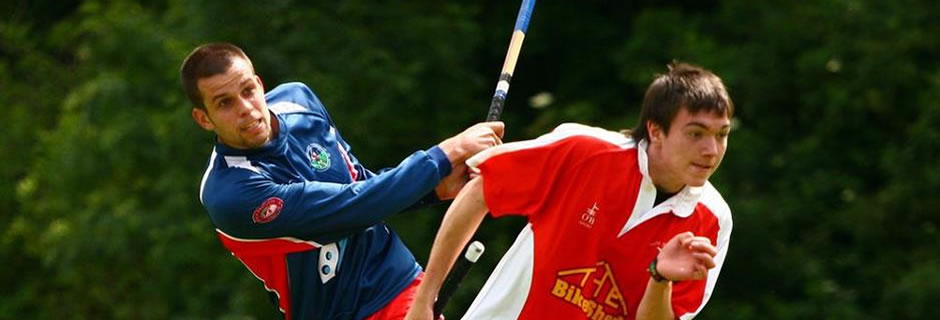
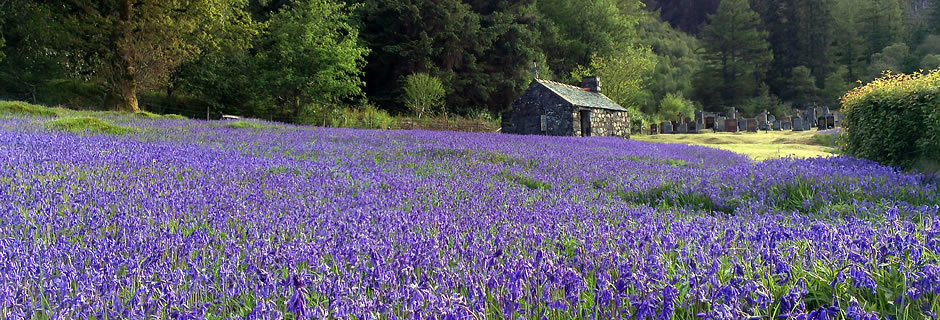
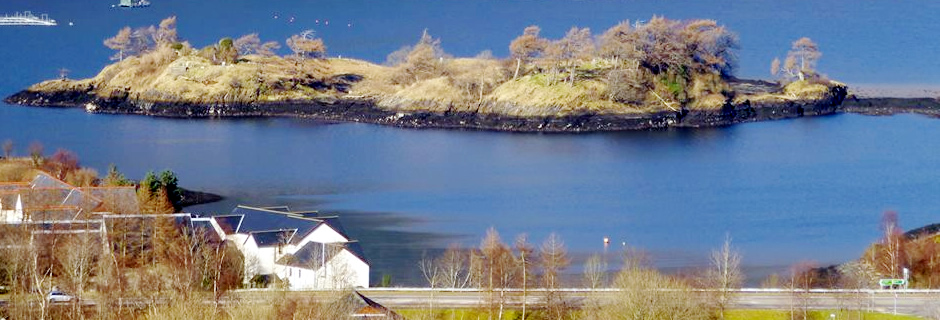

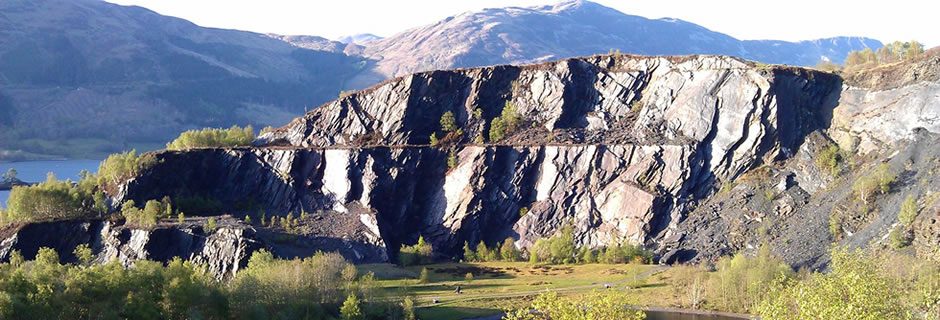








Quarry History
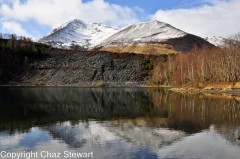 Slate was first quarried from the Ballachulish quarries in 1693, the year after the infamous Glencoe Massacre of 1692. The story goes that travelling quarriers in search of work spotted the slate in the local hills and started to dig instead of continuing their journey. The first quarry was opened at West Laroch, now the villages industrial area, and the second the following year at East Laroch.
Slate was first quarried from the Ballachulish quarries in 1693, the year after the infamous Glencoe Massacre of 1692. The story goes that travelling quarriers in search of work spotted the slate in the local hills and started to dig instead of continuing their journey. The first quarry was opened at West Laroch, now the villages industrial area, and the second the following year at East Laroch.
Other quarries were also opened, including the one at Brecklet which locally goes by the name of Khartoum! The slate was shipped south and to roof the new houses of much of Edinburgh and Glasgow’s skyline in the succeeding centuries. However, over 75% of the slate cut from the quarries was unusable as roof covering due to the high level of Iron oxide in the rock, which causes the ‘rusty’ seams in the cliffs. The quarries finally closed in 1955.
Between 1902 and 1905 the Ballachulish community was badly affected by two protracted conflicts in the slate quarries. The first began in July 1902, involved a twelve months lockout, and lasted eighteen months. The workers objected to the summary dismissal of the medical officer Dr. Lachlan Grant from both his work in the quarries and his post as Medical Officer for the Parish Council District of Ballachulish. They also objected to the unsatisfactory labour contracts, inadequate wages and excessive charges for the powder, coals and other materials supplied by the company. The second dispute started in the summer of 1905 when members of a hostile crowd charged the quarry manager with autocratic, dictatorial and unfair behaviour towards both Dr. Grant and members of the quarrying labour force and the community.
A new company was formed in December 1907 and quarrying continued at Ballachulish until 1955, albeit breaking completely during the First World War, and with only minimal work during the Second World War.



